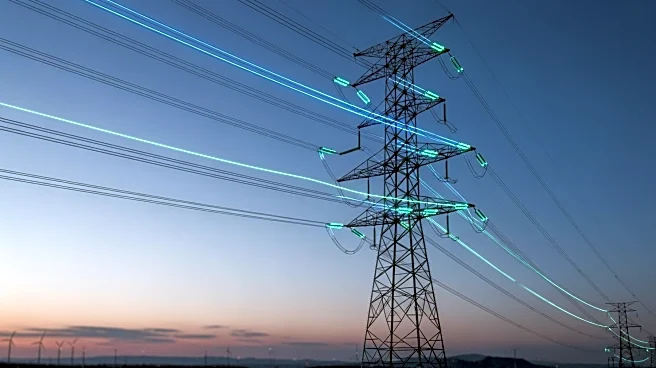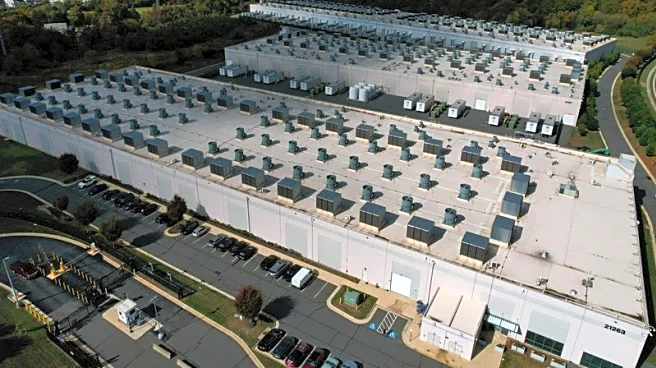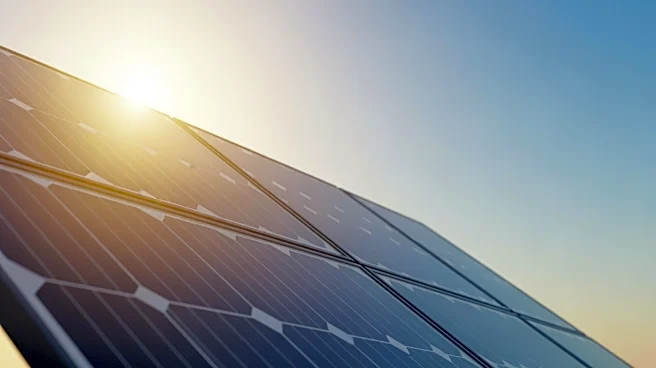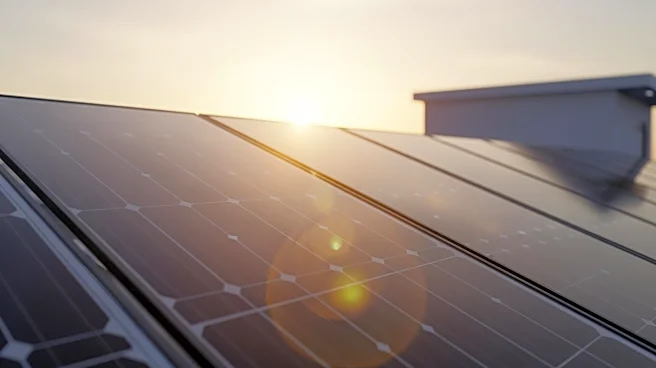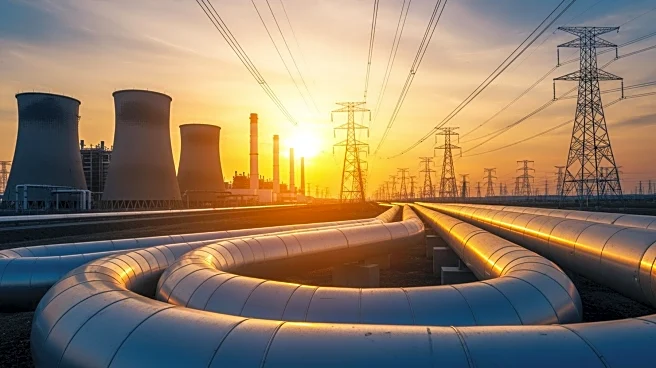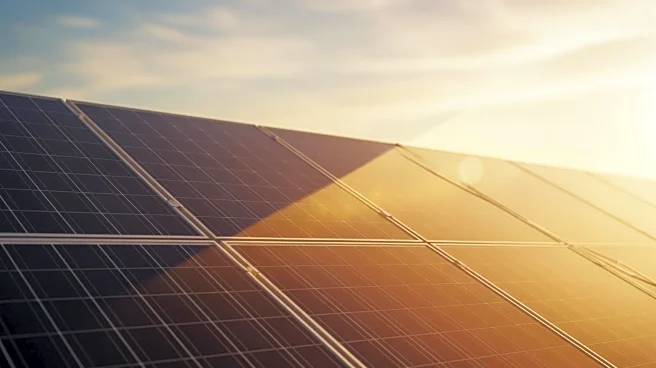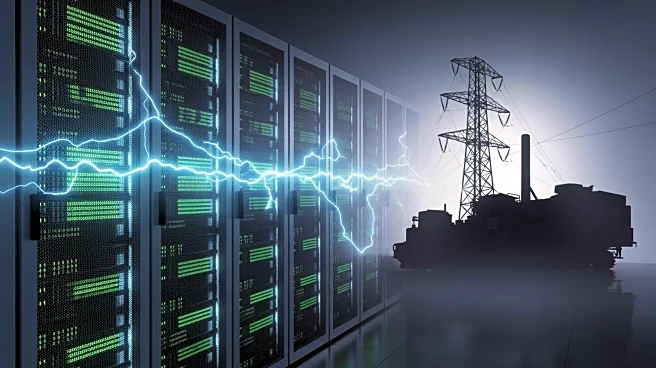What's Happening?
The U.S. electricity grid, originally designed in the mid-20th century, is facing unprecedented demand due to electric vehicles, data centers, and population growth. The National Electrical Manufacturers
Association projects a 50% increase in electricity demand by 2050, necessitating modernization of the transmission system. Aging infrastructure, including poles and conductors, is vulnerable to outages and bottlenecks. Upgrading existing transmission lines can increase capacity and improve efficiency, supporting the transition to renewable energy sources. Digital tools and modeling techniques are transforming transmission line engineering, enabling faster and more efficient upgrades.
Why It's Important?
Modernizing the transmission grid is crucial for meeting growing electricity demand and supporting the transition to renewable energy. Upgrades can enhance grid reliability, reduce environmental impact, and improve resilience against extreme weather events. The initiative is essential for connecting new sources of clean energy and supporting economic growth. Neglecting transmission infrastructure poses risks to reliability and economic stability, highlighting the need for investment and regulatory reform. The modernization effort aligns with national goals for decarbonization and energy security.
Beyond the Headlines
The modernization of transmission lines involves regulatory challenges, including lengthy permitting processes. Streamlining reviews and coordinating between agencies could accelerate critical projects. Workforce development is also essential, as the transmission sector faces a shortage of skilled professionals. Investment in training and mentorship programs can ensure the next generation of engineers is prepared for grid modernization. The initiative represents an economic and societal imperative, with potential to deliver outsized returns in reliability and access to clean energy.
